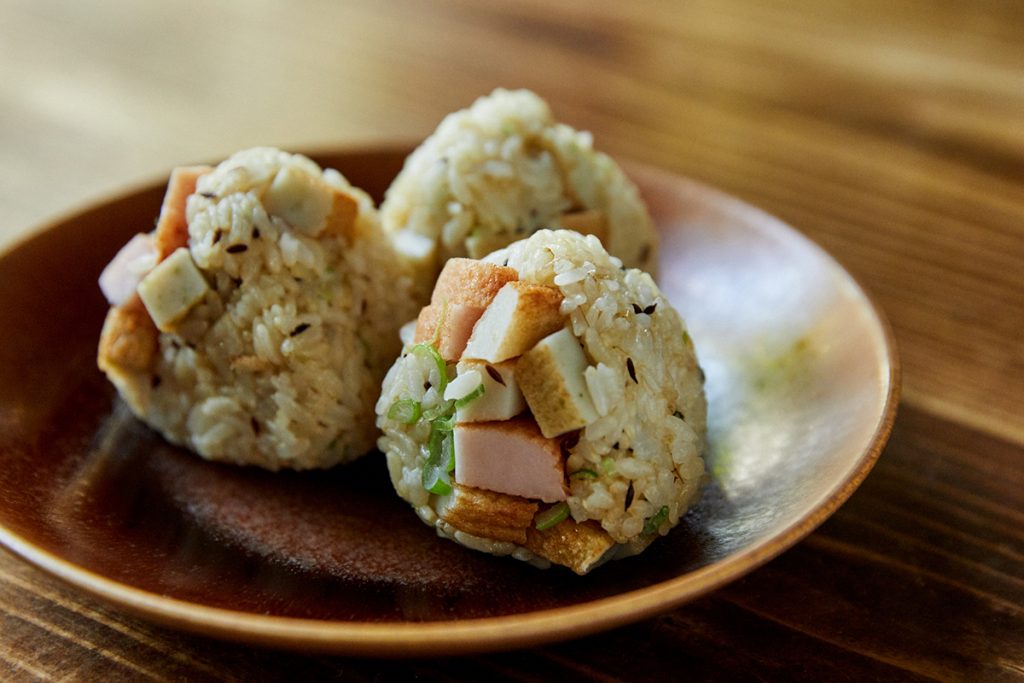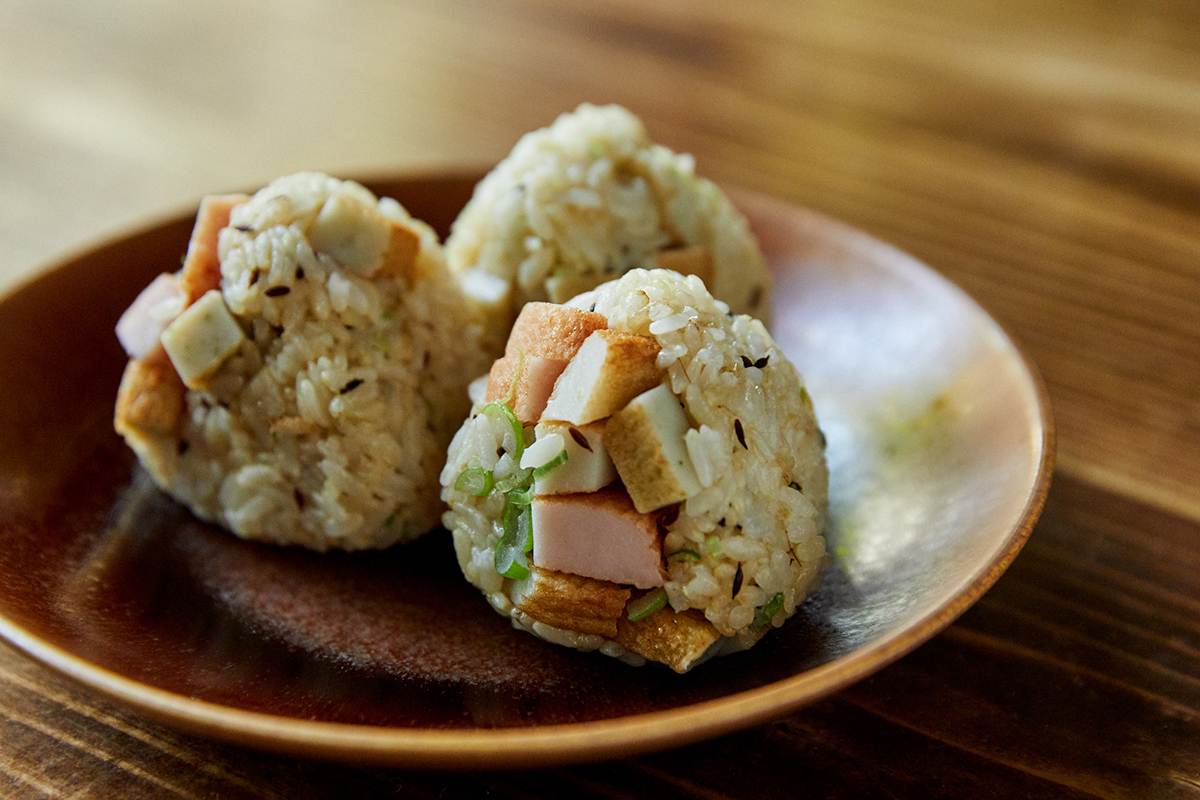
Rice Balls are known as onigiri in Japanese. Onigiri can come in different shapes and hundreds of different flavors. They are often found in the shape of a triangle with a bit of seaweed wrapping. The onigiri is a staple of Japanese life; eaten throughout life, at different times. Traditional flavors of the onigiri include umeboshi (pickled plum), salmon, tuna, konbu (seaweed) and much more. The onigiri is special in it's simplicity yet has the ability to be flavored many different ways. The onigiri was mentioned in Japanese literature 900 years ago when it was known as Tonjiki. The tonjiki were easy meals to be enjoyed during picnics during the Heian period of Japanese history. Today, onigiri is a main draw to the thousands of convenience stores in the country. You can also find speciality onigiri shops or even make your own at home. The onigiri is a traditional Japanese food, but also a simple, fun, and interesting way to experiment with flavors and ingredients. Today I am introducing a recipe of "Ginger-Cumin Spiced Rice ball with fried Kamaboko" created by Yukana Abe, who is an owner chef of "and CURRY" in Japan.
The original article is written by Saori Bada, published as a part of Suzuhiro Kamaboko's web magazine "かまぼこのある暮らし (Live the Kamaboko Lifestyle)” in Japanese.
Kamaboko itself has a light taste, making it easy to arrange dishes such as combining it with vegetables or substituting it for meat. We asked some kamaboko enthusiasts for their ideas on how to make kamaboko even more delicious.
Yukina Abe of the "and curry" shop
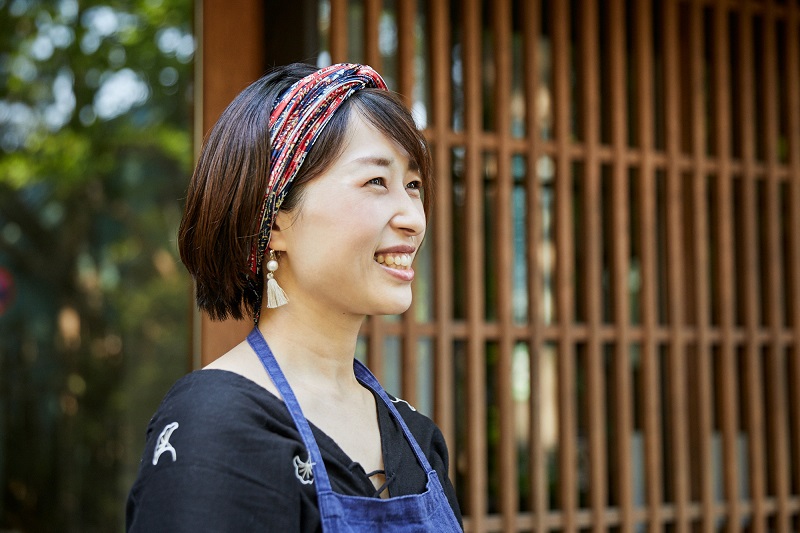
The love of curry led Yukina Abe to start the curry business "and CURRY" in Japan in 2017. She has traveled and
served her curry at events around the country and provides catering services. Her goal is to create a curry that is low in salt and oil as much as possible, a kind of Japanese curry that Japanese people can eat every day. “I try to use local seasonal ingredients in my curries at the places I visit” she shares.
This time, Yukina suggested an unexpected use for spices.The fried kamaboko is packed with the umami flavor of the fish with the added richness and aroma of deep-frying, so even though it's small, it has a flavor that comes through. Chop the kamaboko up into small pieces and mix it with rice and a bit of aromatic cumin. It's a perfect match for a rice ball. Adults will reach for it like a snack, and it's easy for kids to eat too.
Yukina Abe of the "and curry" shop
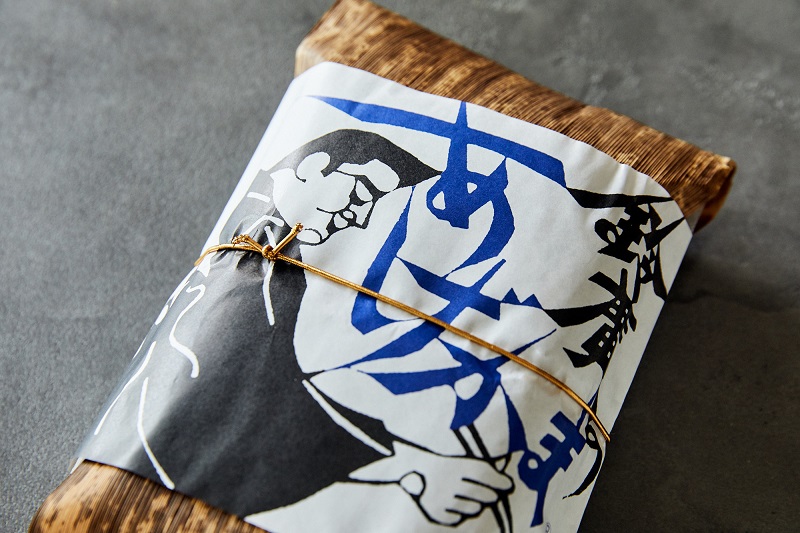
The fried kamaboko will be mixed with a combination of ingredients from the mountains and sea. The five flavors - shiso, sesame seed, shrimp, dried young sardines and white plum - are delicious on their own, but slightly warmed for a more savory flavor. In cold weather, they are a great addition to a hot pot.
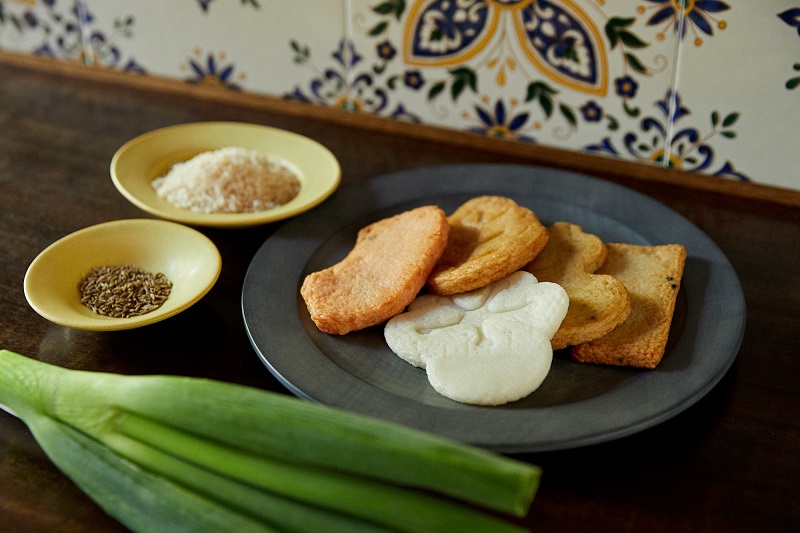
The fried kamaboko will be mixed with a combination of ingredients from the mountains and sea. The five flavors - shiso, sesame seed, shrimp, dried young sardines and white plum - are delicious on their own, but slightly warmed for a more savory flavor. In cold weather, they are a great addition to a hot pot.
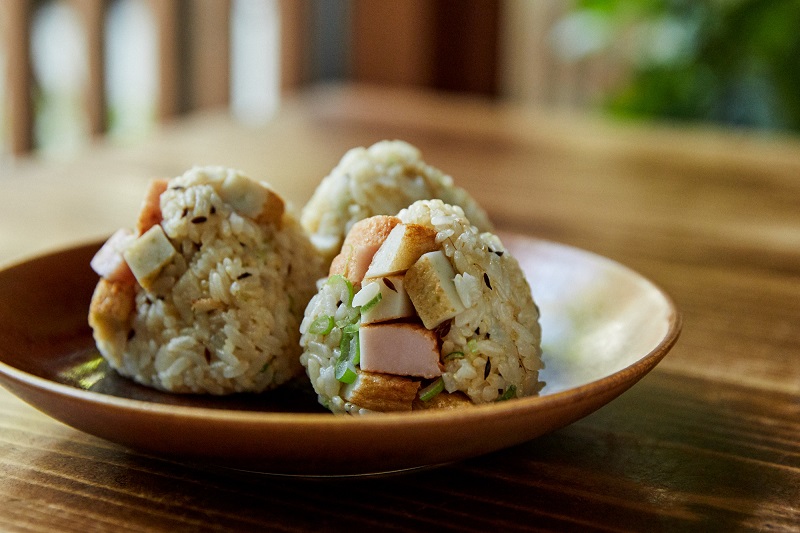
Cut the fried kamaboko into bite-sized pieces. Finely chop the spring onions.
Stir-fry the cumin seeds in a pot for 20 seconds to bring out the aroma.
Place rice, cumin seeds, grated ginger and water in a rice cooker and cook normally.
When the rice is cooked, add the fried kamaboko and green onion, mix and form it with your hands to the right size.
About Yukina Abe
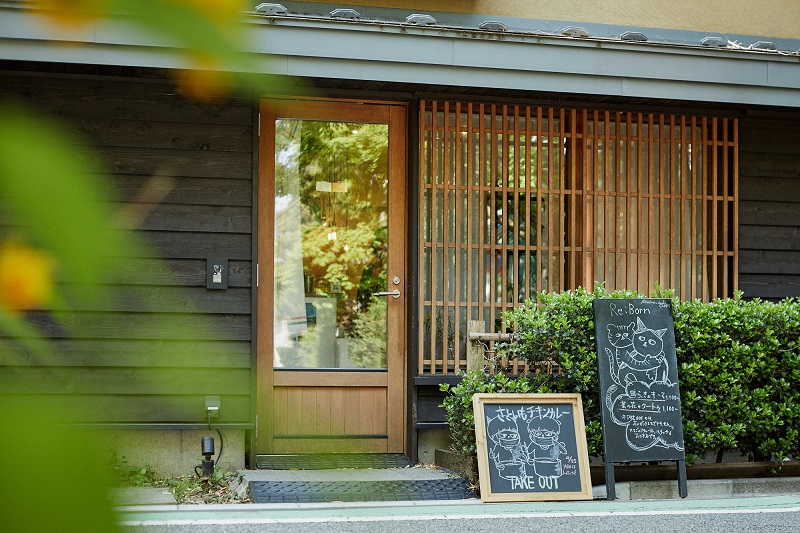
"and CURRY" is a mobile curry shop that doesn't have a permanent store, but works in any location.
In July 2018, “kitchen and CURRY” was opened in Setagaya-ku, Tokyo, as a base for their curry activities. They serve curry several days a week there.
HP https://www.andcurry.com/
Instagram https://www.instagram.com/yukinaa.m/?hl=ja
About the Author

She is an editor and Portuguese food researcher. In addition to working as an editor and writer for cooking magazines and other publications, she runs a Portuguese cooking class at home, and is currently writing a series of articles on the web titled "Portugal Shokudo" (Portuguese Restaurant), which introduces Portuguese cuisine that goes well with alcoholic drinks, on website named "cakes".
Her latest book is called “Muitobon!”. She is also the author of many books, including "A Trip to Eat in Portugal" (Sangyo Editing Center).
http://badasaori.blogspot.com/
